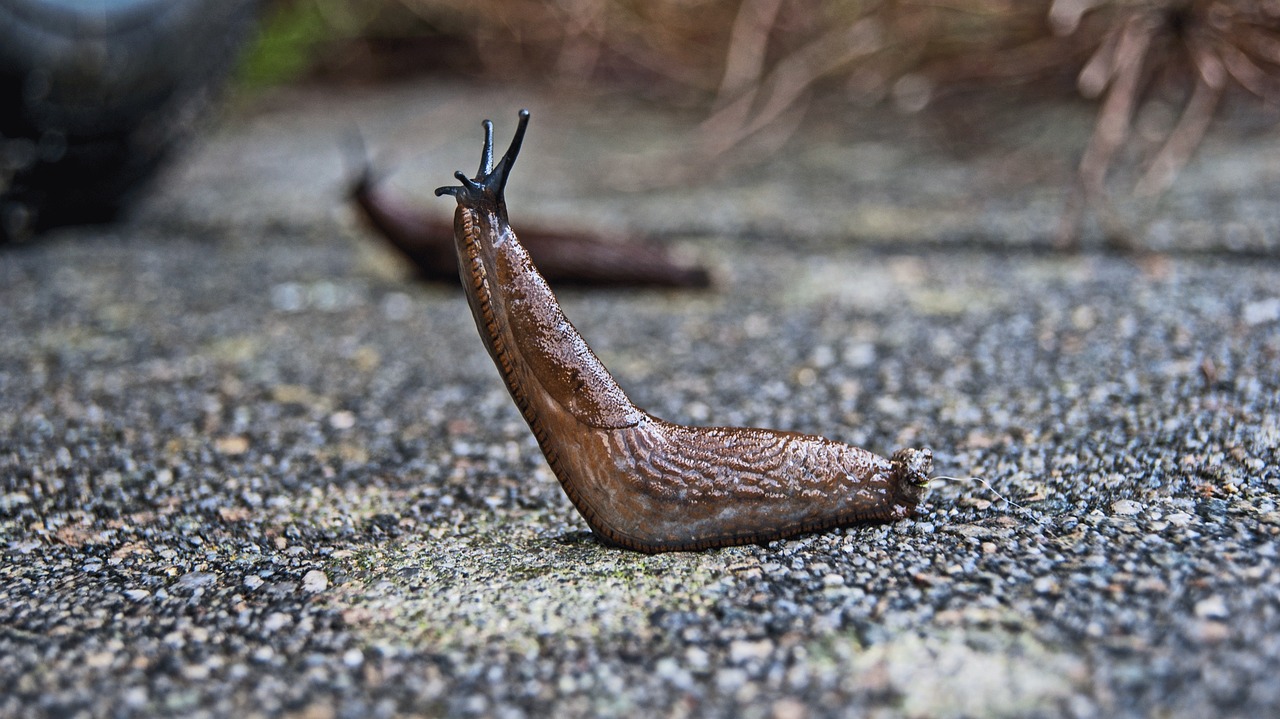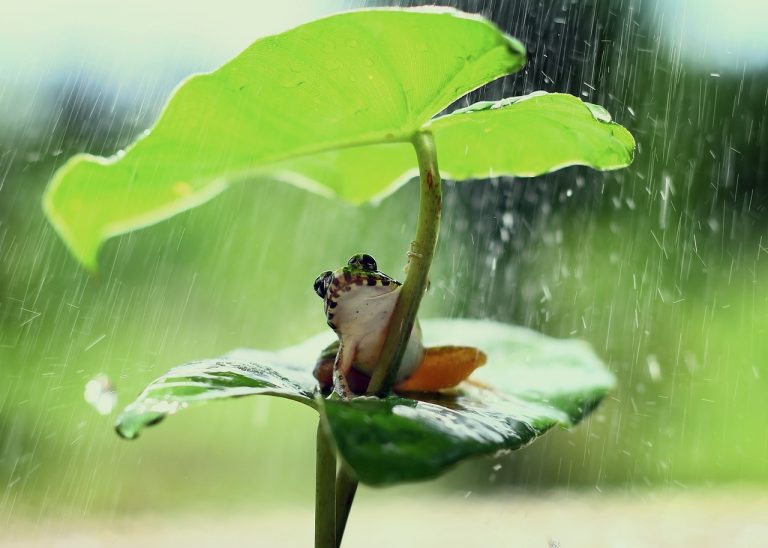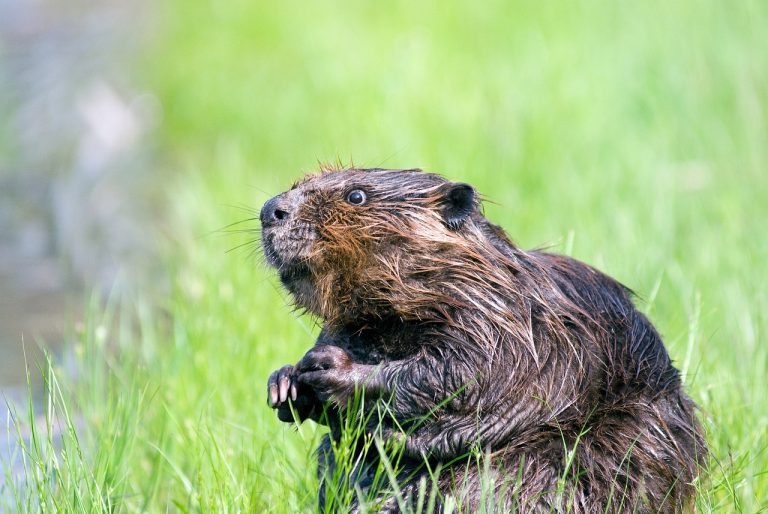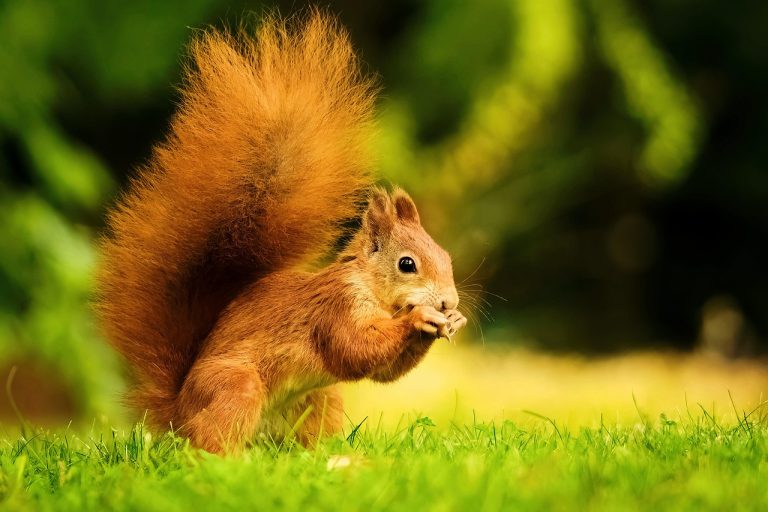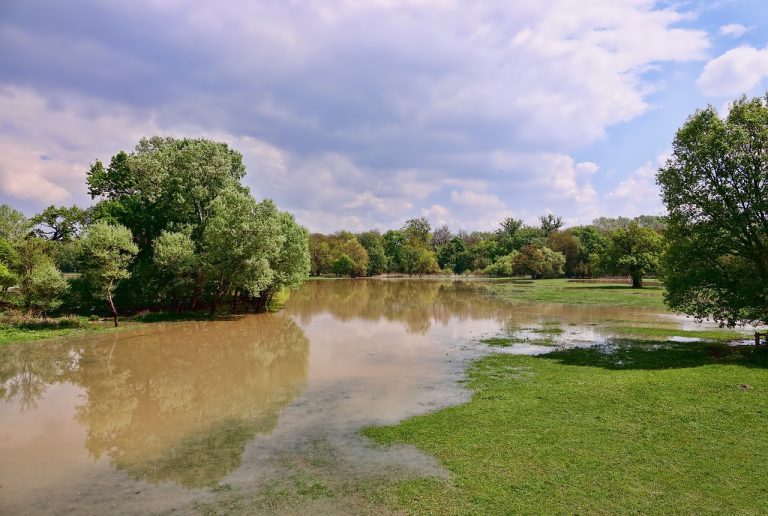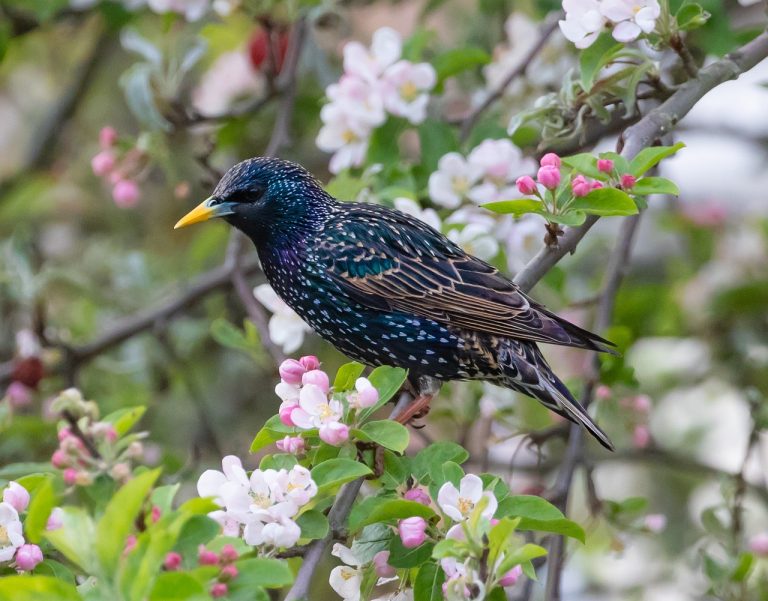DO SLUGS BITE (3 FACTS YOU HAVE TO KNOW)
The world of slugs is a curious and often slimy one, where the question of their biting habits seems to leave people both intrigued and slightly wary. Unveiling the secrets of these fascinating gastropods reveals a unique world of feeding behaviors that may surprise you. While the concept of slugs biting may not be as straightforward as it seems, delving into their unconventional feeding methods can shed light on the intricate interactions between these creatures and the natural world.
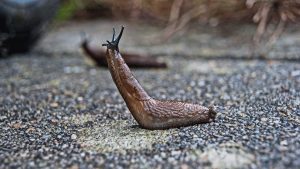
DO SLUGS BITE?
Slugs, often associated with gardens and damp environments, are not known for biting humans. Instead, they use their radula, a rasping tongue-like organ, to scrape and feed on plant matter, leaving behind characteristic trails of slime.
While slugs may not bite in the conventional sense, their feeding behavior can sometimes result in minor skin irritation if touched, resembling a ‘bite’ sensation. Understanding the peculiar feeding habits of slugs can help people coexist with these creatures in their natural habitats.
SLUG ANATOMY AND BEHAVIOR
Slugs are indeed fascinating creatures with unique anatomy and behavior. Here’s a bit more detail about their anatomy and behavior:
SOFT BODY:
Slugs are gastropods, which are a type of mollusk. Unlike snails, which have a hard shell, slugs lack this external protective structure. Their bodies are soft and vulnerable, making them more susceptible to desiccation and predation.
LOCOMOTION:
Slugs move by secreting a slimy mucus trail, which they exude from a specialized gland on the underside of their body. This mucus reduces friction and allows them to glide smoothly over various surfaces. Their rhythmic muscular contractions help them move forward. Slugs can travel both on land and in water, thanks to their slime.
FEEDING APPARATUS:
Slugs possess a feeding structure called a radula. The radula is a ribbon-like, flexible tongue with rows of tiny, chitinous teeth. These teeth are sharp and pointed, allowing the slug to scrape and shred plant material as they feed. They use their radula to rasp the surfaces of leaves and other vegetation. Their saliva contains enzymes that help break down the plant material for digestion.
HERBIVOROUS DIET:
Slugs are herbivores, primarily feeding on plant material such as leaves, stems, and fruits. Some species may also consume decaying plant matter. Their feeding activity can be detrimental to garden plants and crops, as they can cause significant damage.
NO BITING MECHANISM:
Slugs don’t have a biting mechanism like insects or some other creatures. Instead, they rely on their radula to scrape and ingest food. While they can’t bite in the traditional sense, the damage they inflict on plants can be seen as a form of “feeding” or “munching” on vegetation.
NOCTURNAL BEHAVIOR:
Slugs are often more active at night, which is why they are commonly encountered in gardens and outdoor spaces during the evening and early morning hours. They are sensitive to sunlight and dry conditions, which is why they tend to stay hidden during the day.
FEEDING HABITS OF SLUGS
Slugs are indeed primarily herbivores, and their feeding habits can sometimes be problematic for gardeners and farmers. While they don’t “bite” in the way animals with teeth do, they can still cause damage to plants and other slugs using their specialized feeding structure, the radula. This radula, equipped with sharp, tiny teeth-like structures, allows them to scrape and consume plant material, as well as occasionally engage in cannibalistic behavior by feeding on other slugs. Their voracious appetite and feeding can lead to the following issues:
PLANT DAMAGE:
Slugs feed on a variety of plant parts, including leaves, stems, and fruits. They can leave behind ragged holes and irregular patterns of damage on the leaves and other plant surfaces. This can significantly affect the health and aesthetics of garden plants and crops.
SEEDLINGS AND YOUNG PLANTS:
Slugs are especially fond of tender, young seedlings and plants. Their feeding can stunt the growth of these plants or even kill them, which is a concern for gardeners and farmers.
FUNGI AND DECAYING PLANT MATTER:
Slugs also feed on decaying plant matter and fungi, contributing to the decomposition process in ecosystems. While this can be beneficial for nutrient cycling in natural environments, it may not be desirable in cultivated areas.
CANNIBALISM:
Slugs are known to engage in cannibalistic behavior, sometimes consuming other slugs if they encounter them. This behavior can contribute to a reduction in the slug population, but it does not eliminate the overall problem of slug damage to plants.
HUMAN INTERACTION
Indeed, slugs lack the jaw strength to puncture human skin, and their primary diet consists of plant material. As a result, the risk of slugs biting humans is extremely low. While it’s rare for slugs to harm humans, it’s still a good practice to handle them with care if necessary.
Additionally, it’s advisable to wash your hands after handling slugs because their slime can potentially irritate the skin for some individuals. Overall, while the interaction between slugs and humans is generally harmless, taking precautions when handling slugs can help minimize any potential skin irritation.
Frequently Asked Questions (FAQs) about do slugs bite
Do slugs bite humans?
Slugs do not have biting mouthparts, and they are not capable of biting humans. They use a rasping tongue-like structure called a radula to feed on plant material.
Can slugs harm pets or animals by biting them?
While slugs may consume small insects and other invertebrates, they do not typically harm larger animals or pets by biting them. They are primarily herbivorous and feed on plants.
Do slugs bite plants?
Yes, slugs can damage plants by feeding on them. They leave behind a slime trail as they move, and their feeding can result in irregular holes in leaves and damage to various parts of plants.
Are there any slug species that can bite or be harmful to humans or animals?
Most slug species are not harmful to humans or animals in terms of biting. However, some tropical slug species can carry parasitic nematodes that may pose health risks if ingested, so it’s essential to avoid consuming them.
How can I protect my garden from slug damage?
To protect your garden from slug damage, you can use various methods, including setting up barriers like copper tape or diatomaceous earth, using slug traps, maintaining a dry and clean garden, and choosing slug-resistant plants.
Do slugs have any defenses against predators?
Slugs have several defense mechanisms against predators, such as producing slime to deter attackers and curling into a ball when threatened. Some species can even release a foul-smelling substance to deter predators.
Can slugs transmit diseases to humans or animals?
Slugs are generally not known to transmit diseases to humans or animals. However, as mentioned earlier, some tropical slug species can carry parasitic nematodes, which can be harmful if ingested.
What should I do if I come into contact with a slug?
If you come into contact with a slug, there is no need to worry about being bitten. Simply wash your hands afterward, as they may leave behind a slimy residue.
CONCLUSION
The question of whether slugs bite is intriguing, as it challenges our understanding of these seemingly unassuming creatures. While slugs do not possess the typical biting mechanisms of other animals, their radula-based feeding can lead to incidental skin irritation resembling a ‘bite.’
Nevertheless, it’s important to remember that slugs are generally harmless to humans and play vital roles in ecosystems by decomposing organic matter. Understanding their behavior and respecting their natural habitats allows us to appreciate these unique gastropods while minimizing any potential discomfort they might inadvertently cause.

